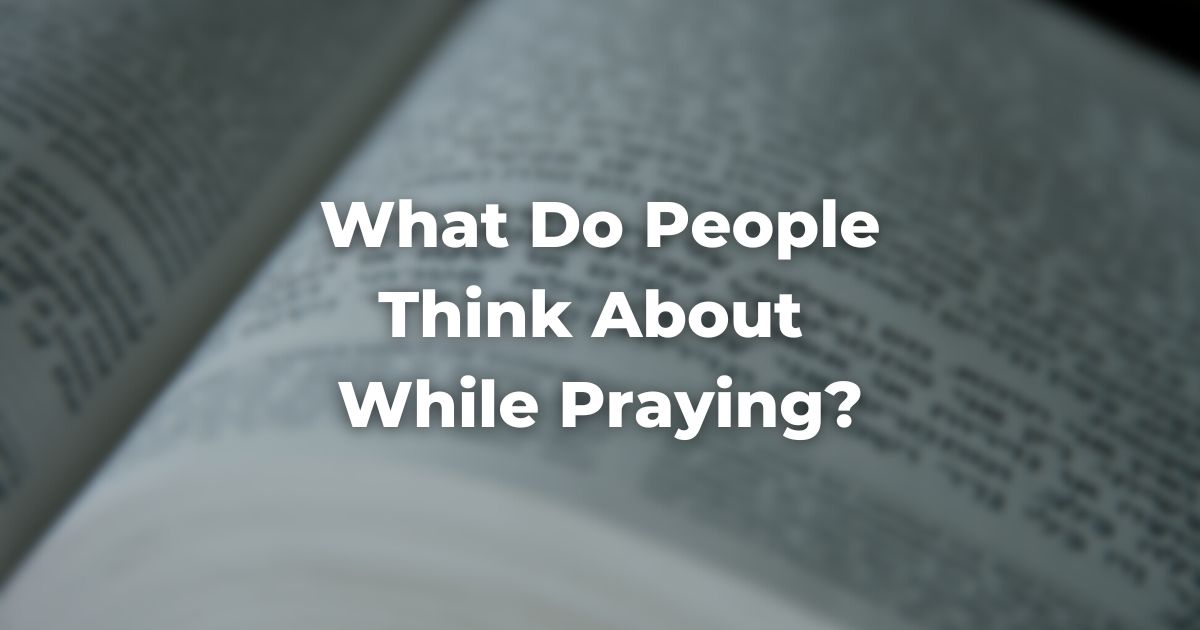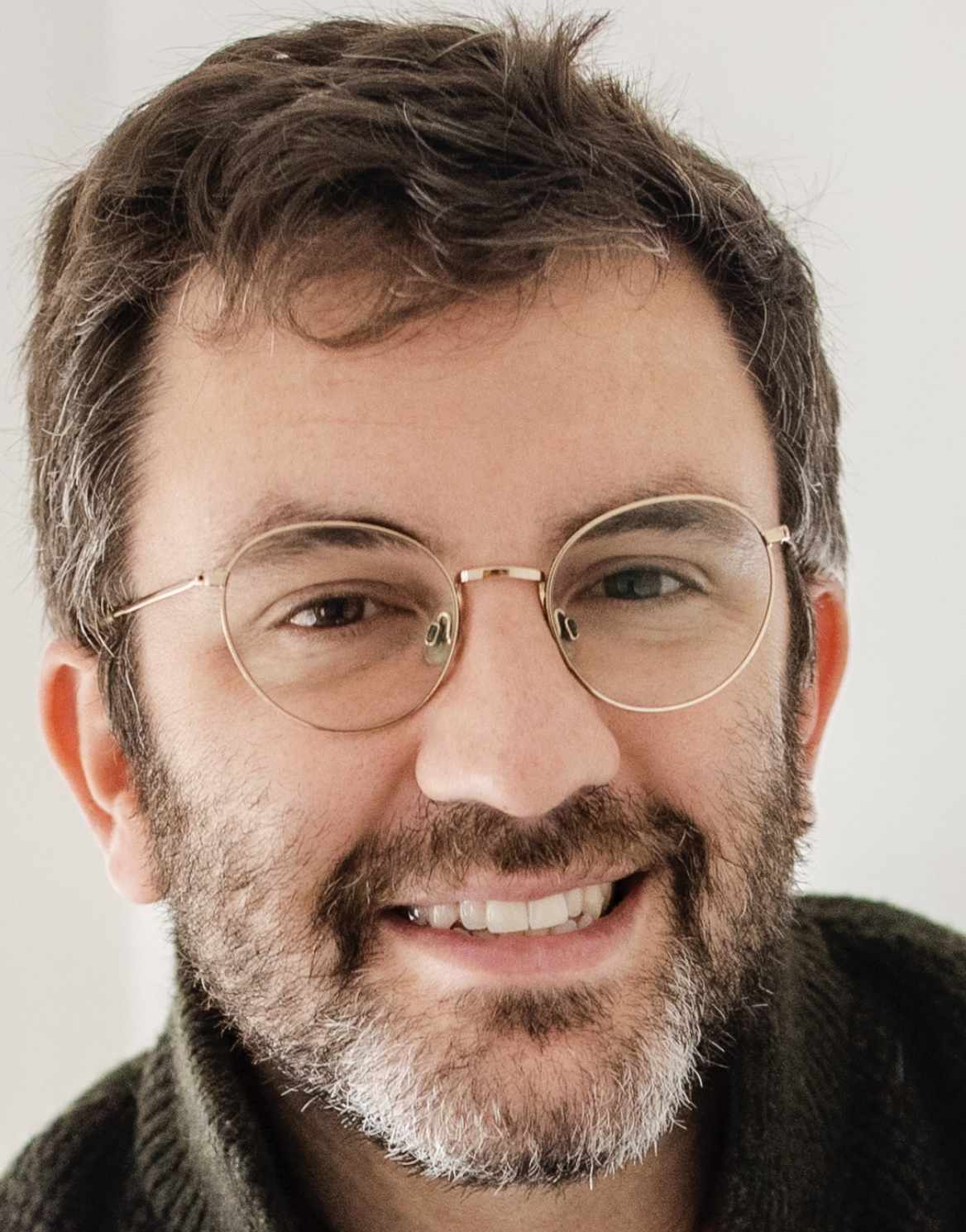What are all those people thinking about during prayer?
I will admit to having that thought, every now and then, as I look out from the bima at the congregation on Shabbat.
I feel it most often when I finish part of my private prayers and glance up to see where everyone is at. Some people, like me, may have finished early and are waiting for the service to continue. Others are silently flipping through pages, or are mouthing the words of the liturgy. Still others might be lost in thought—perhaps deep in the midst of a meditative calm, perhaps wondering what’s going to be served for kiddush lunch.
As Jews, we do a pretty good job talking about the structure of our liturgy—when to rise or bow or sit, what to say and how to say it, with which melody and at what time—but we’re sometimes less open about sharing what’s actually going on in our minds and hearts as we gather together for prayer.
What are we thinking about? What are we feeling? Are we praying to a God “out there” who listens to us, or to a spark of the divine inside of us? Are we meditating, reciting poetry, or just taking a few minutes for ourselves?
One of the incredible things about Jewish practice is that we might have a room full of 100 people, and each of them may be saying the same words, standing and taking their seats at the same times, but thinking or feeling entirely differently about the entire experience.
Thoughts on Prayers: Three Different Takes
Let’s take a look at three very different takes, from three very different people. In doing so, we’ll see how these questions are not new, and that—like most things in Judaism—there’s not just one answer.
Rabbi, writer, and activist Abraham Joshua Heschel (1907-1972) writes movingly about finding space for personal meaning within the fixed structure of prayer:
Prayer becomes trivial when ceasing to be an act in the soul. The essence of prayer is agada, inwardness. Yet it would be a tragic failure not to appreciate what the spirit of halacha [Jewish law] does for it, raising it from the level of an individual act to that of an eternal intercourse between the people Israel and God; from the level of an occasional experience to that of a permanent covenant.
Philosopher and Israeli author Yeshayahu Leibowitz (1903-1994), writing not long afterwards, takes entirely the opposite approach; prayer is not at all about about “inwardness,” but about submission:
Jewish prayer … is not intended to serve as an outlet for the feelings and thoughts of man. It is not the spontaneous outpouring of one’s soul which necessarily varies with individuals, their moods and states of mind… The sole meaning of prayer as a religious institution is the service of God by the man who accepts the yoke of the Kingdom of Heaven.
Contemporary poet and liturgist Marcia Falk (1946- ), writing more than three decades later, instead focuses on the ability of prayer to bring us into a state of mindful awareness, which inspired her to write her own modern Book of Blessings:
If you are looking for the heart and soul and bones of Hebrew prayer, you will find them all in the blessing. A blessing … is a special kind of utterance that can turn a moment into an event. Blessings intensify life by increasing our awareness of the present even while awakening our connections to the past. In a richly faceted world, full of surprise and infinite variation, the source of blessings is everywhere to be found.
Some of us may find the Leibowitz approach most useful: sometimes, prayer really is about fulfilling an obligation, about the discipline of showing up even when we don’t feel like it, about being connected to something larger than our own narrow emotions in any particular moment.
For others of us, Heschel’s approach is best, balancing the structure of prayer with the room for personal feeling.
And still for others of us, Marcia Falk provides us a path towards a more meditative experience of prayer, even one that involves departing from the set liturgy with prayers of our own invention.
We could add more and more names of rabbis and thinkers to this list, more and more perspectives on what prayer means. You could add your own to the list, too!
I love imagining these three people praying next to one another, saying the same words, bending their knees and bowing at the same times, but having entirely different experiences. If they all could so wholeheartedly disagree about the nature of prayer, I feel like it leaves plenty of room for us to find our own meaning—and to be OK with the idea that the person next to us is having their own unique experience of prayer, too.
Shabbat shalom
Author
-

Alex Braver serves on the rabbinic team at Congregation Tifereth Israel. He studied at Yeshivat Hadar and was ordained at JTS, after working at B’nai Jeshurun for three years as a Rabbinic Fellow. He lives in Columbus, OH with his husband, their two kids, and their dog.
View all posts






